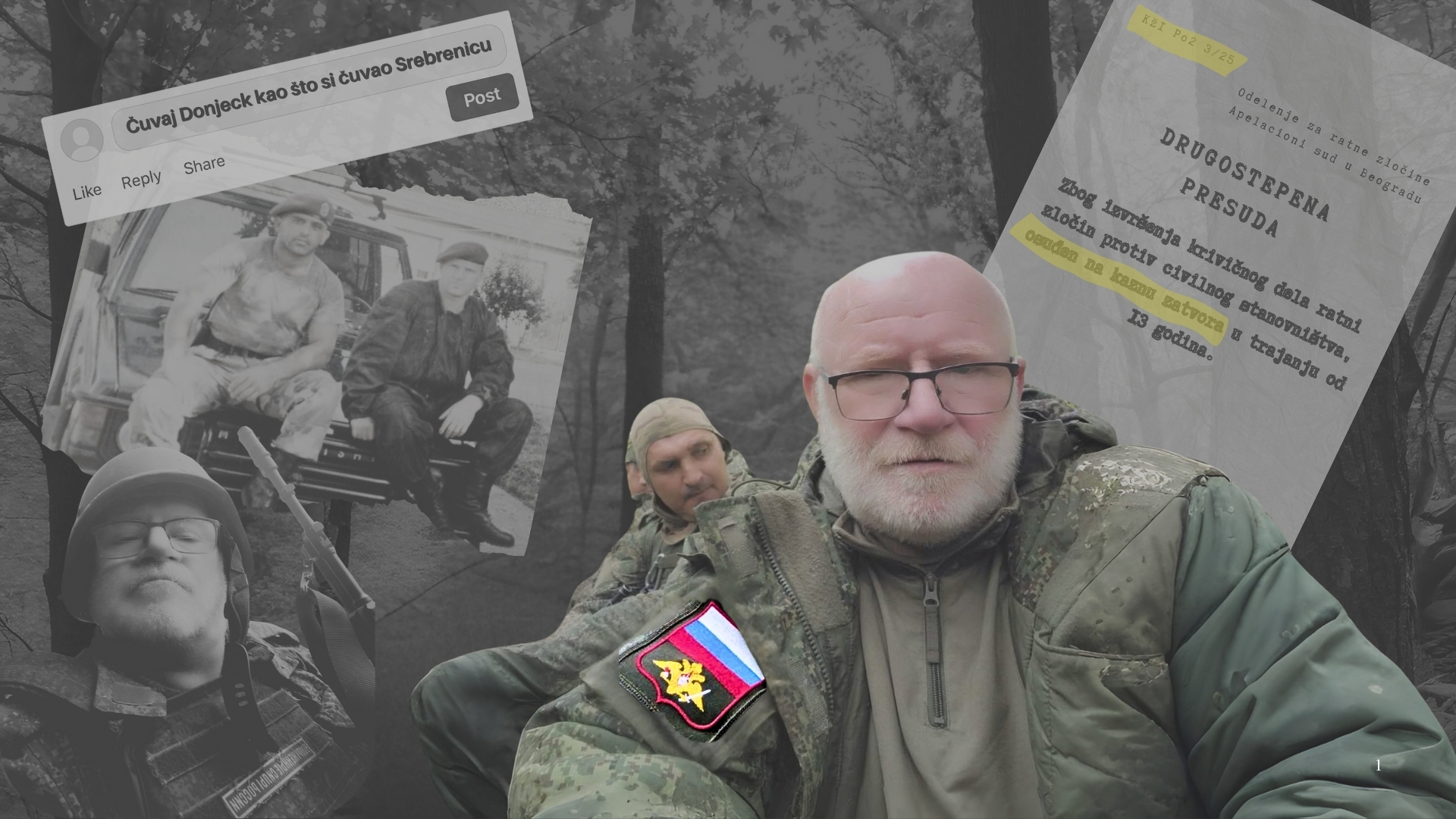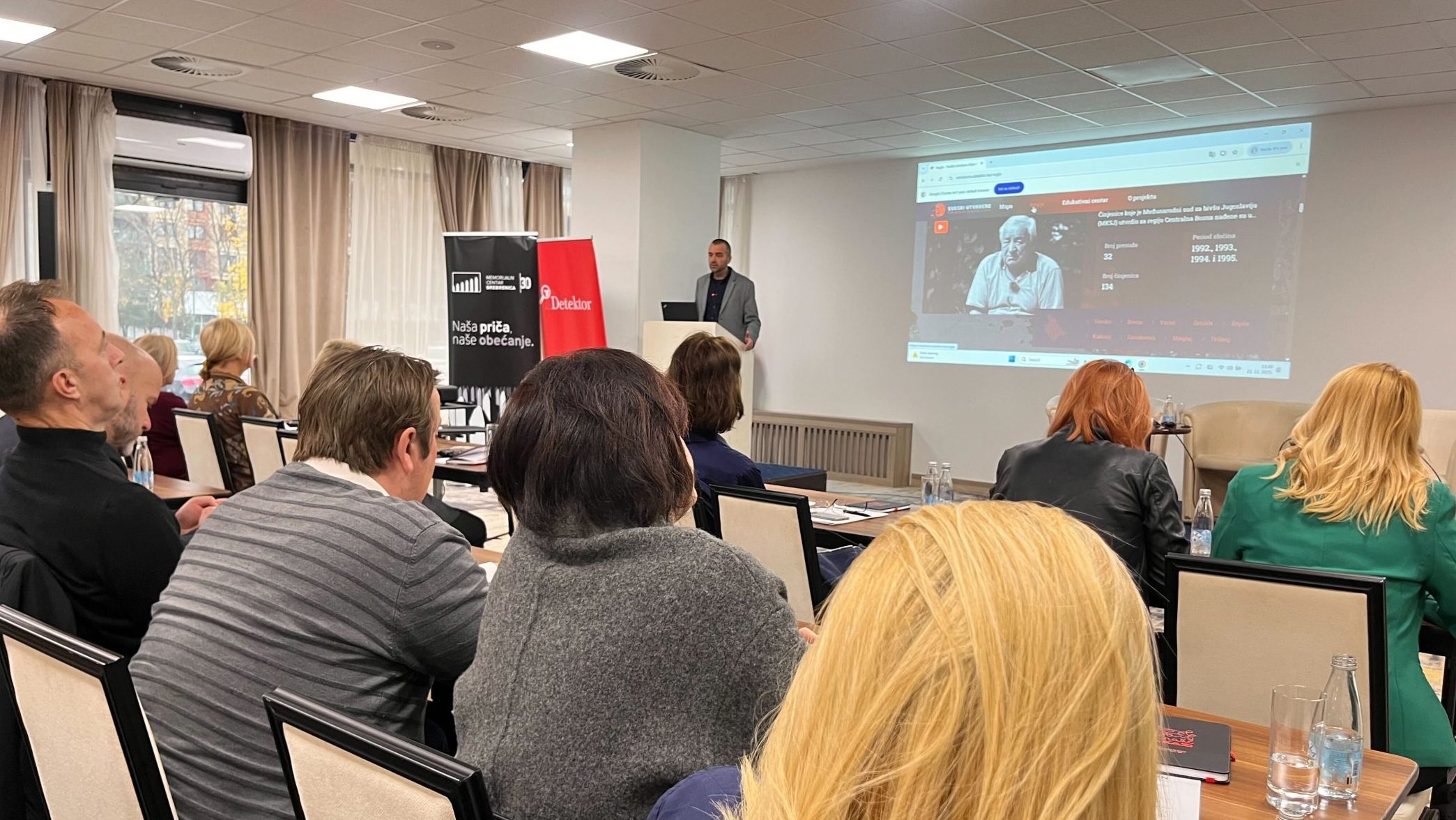This post is also available in: Bosnian

Activists backed by the Centre for Nonviolent Action NGO put up symbolic signs this month at five unmarked wartime sites including two cultural centres, a football club building and a garage where prisoners were detained in Bosnia and Herzegovina.
The Centre for Nonviolent Action said the aim of the ongoing project is to show how cultural centres, schools, courts, police stations and other such buildings were transformed into places of detention, torture, inhumane treatment and murder, and to highlight that after the war, they have not been adequately marked as ‘sites of suffering’.
The activists also want to show solidarity with the victims of wartime abuses.
“Unfortunately, in many cases, this concerns a community which is now a minority in a certain place, so they are not allowed to mark the places of detention, torture or murder,” told one of the activists, Tamara Zrnovic.

“With this activity we want to point to such practices across the country and even the region, we want to express our support and solidarity with all victims who have fought for the right to remember for years, and call on the local authorities to enable and help the marking of such locations,” she added.
The locations that were marked by the activists included the Cultural Centre in Celopek, near Zvornik, where dozens of civilians were detained in 1992 by the Zvornik reservist police force, the local Serb-led Territorial Defence force and the Zute Ose paramilitary unit, according to the Centre for Nonviolent Action. The detainees were abused and beaten on a daily basis, and at least 27 of them were reportedly killed.
The activists also marked the Cultural Centre in Drinjaca, near Zvornik, which they said was also turned into a detention facility for Bosniaks under Bosnian Serb Army control in 1992. On the night of May 30-31, 1992, more than 80 detainees were shot, said the Centre for Nonviolent Action.

The other locations that were marked included a garage in Snagovo, near Zvornik, where Serb paramilitaries allegedly killed 36 people, and a neighbourhood of Tuzla called Brcanska Malta, where dozens of Yugoslav People’s Army troops are reported to have been killed in clashes while withdrawing from the town in 1992.
The fifth place that was visited by the activists was the village of Rapatnica, where a youth centre and football club building were used as detention facilities by the Bosnian Army military police and the Bosnian Army’s Lovac Company to hold captured Serb civilians in 1992.


